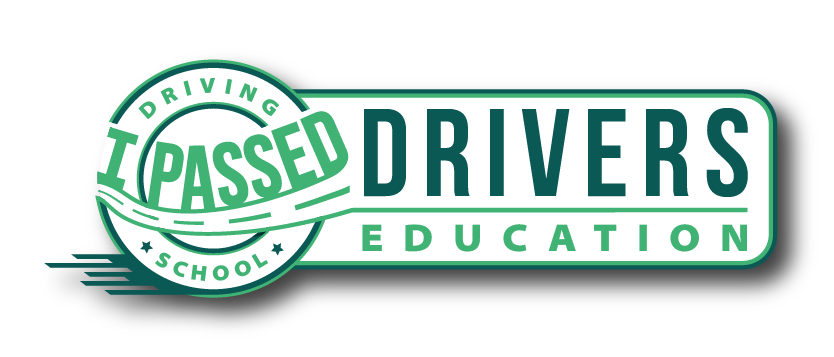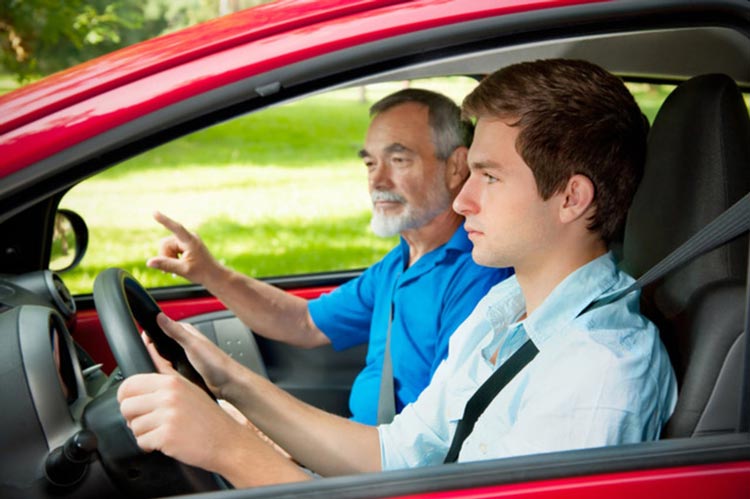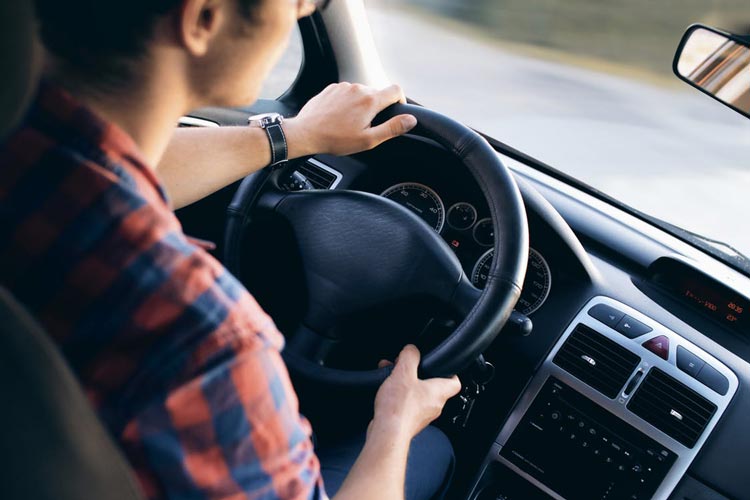Top Driving Safety Tips New Drivers Must Remember
When you first get your license or are learning how to drive, your main priority should be safety. Your Orange County driving school has taught you the rules of the road, but after you get your license, you won’t have an instructor sitting next to you, reminding you of all of the crucial things you need to do.
In this article, we’ll discuss the safety tips that every new driver should remember. These are not only important for their wellbeing but the safety of other motorists and pedestrians on the road.
Safety Tips for New Drivers
Obey Traffic Laws
Driving schools in Orange County will teach you essential traffic laws. While obeying traffic rules is easy when your instructor is present, it can be tempting once you’re alone to start cutting corners.
Stick to the basics, even when no one is watching. Keep your seatbelt on, stay within the speed limit, and don’t run stop signs or red lights. These laws are put in place to prevent potentially fatal accidents on the road.
Correct Your Sitting Position
Before you begin driving, always make sure your sitting position is correct in relation to your height. In order to have complete control over the vehicle, you must position your seat so that your feet can touch both pedals and you can grip the steering wheel comfortably and firmly.
Always make sure to sit straight up with your back against the seat to prevent back injuries in the case of an accident. The seat should also not inhibit your ability to see your blind spots.
Adjust Mirrors
Your mirrors are there so that you can see more than the obstacles in front of you. They are absolutely necessary for merging and changing lanes. The moment you get in the driver’s seat, check your mirrors to make sure that they show you what’s behind you.
You may have to reposition the mirrors after adjusting the seat or your posture, so make sure to do so before you even start the car.
Stay Out of Blind Spots
As you may know, you should always check your blind spot before changing lanes or turning right. Your blind spots are the areas behind your car that the mirrors don’t cover.
Oftentimes, other cars and cyclists will lurk in these areas undetected until you try to merge lanes or make a turn. This can be dangerous, which is why turning your head to look behind you is one of the most important skills you’ll learn in Anaheim driving school.
You must also remember that all other motorists have blind spots, too. While you may check yours every time you merge or turn right, other drivers may forget to check their blind spots before maneuvering. For this reason, you should never drive in someone else’s blind spot. If you’re moving slightly behind another car, make sure that your presence is known.
Always Use Turn Signals
Your turn signals to let other drivers know what you are doing so that they can plan ahead. For example, if you are turning into a parking lot, your turn signals tell the driver behind you that you will be slowing down, and they should, too. During your behind the wheel driving lessons, you will learn how and when to use turn signals properly.
According to the law, you must always use turn signals when merging, and of course, turning. Make sure that you turn on the signal a few moments before taking the intended action so that the cars behind you have time to react.
Avoid Distracted Driving
It takes only three seconds of looking away from the road for an accident to occur. Distracted driving can mean anything from fidgeting with the radio to texting or eating while you’re driving. Anything that takes your eyes off the road or your hands off the wheel is a distraction and should be avoided. Multitasking has no place in the driver’s seat.
Practice
Even if you already have your license, you can benefit from a little more practice. While your 6 hours behind-the-wheel training has prepared you for hitting the mean streets on your own, it may be beneficial to ask a licensed adult to help you sharpen your skills outside of driving school.
If you’re going on a family outing, ask your parents or siblings if you can drive to get the extra experience. This will not only help you hone your driving skills, but it will prove to them that you’re ready to be on the road alone.
Take Care of Your Vehicle
Many new drivers forget that the maintenance of their vehicle can impact their safety. You should make sure to get an oil change every 5,000 miles or so to make sure your car is running properly. Also, if you notice that the car is making funny noises or is becoming difficult to maneuver, make sure to take it into the shop as soon as possible to avoid costly repairs and dangerous accidents.
Before getting in your car, make sure to do a quick check to ensure that it’s safe to drive. It’s a good idea to check the tires to make sure that they haven’t been punctured by anything on the road from the previous drive.
Avoid Road Rage
No matter where you are, odds are that you’ll encounter at least one aggressive driver. They could be tailgating you or screaming out of their car window. When you see these drivers, steer clear of them.
Driving under any type of emotional distress can cause you to make poor judgment calls. It’s never a good idea to turn the road into a battlefield; it’s safer for you to let irate people on the road pass you by rather than screaming back or chasing after their car.
If necessary, it’s totally okay to pull over and take a few deep breaths to calm yourself down before getting back on the road. Do whatever you can to safely make it to your destination.
What’s the most important lesson you learned in drivers education? Let us know in the comments!









